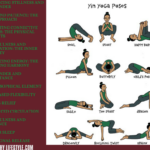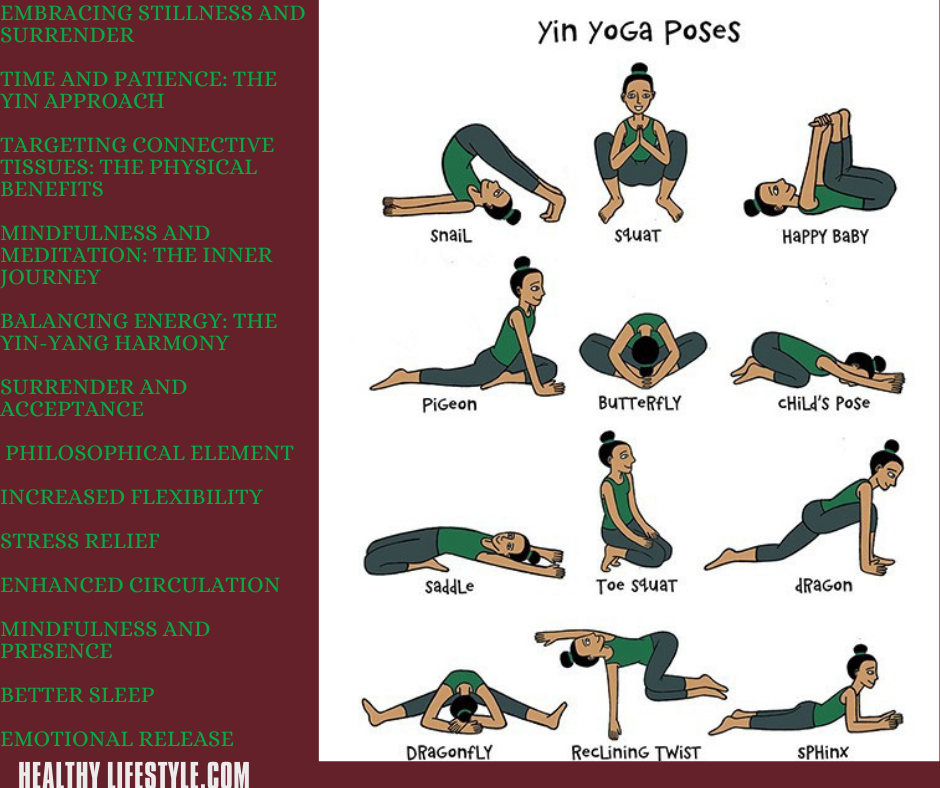Table of Contents: for 21 Steps to Become a Fitness Manager
- Introduction
- Step 1: Set Clear Career Goals
- Step 2: Obtain Relevant Education and Certifications
- Step 3: Gain Experience in the Fitness Industry
- Step 4: Develop Strong Leadership and Communication Skills
- Step 5: Build a Network of Contacts in the Industry
- Step 6: Acquire Business Management Skills
- Step 7: Learn Marketing and Sales Strategies
- Step 8: Understand Legal and Safety Responsibilities
- Step 9: Continuously Improve Your Knowledge and Expertise
- Step 10: Demonstrate Management Abilities
- Step 11: Pursue Additional Specializations
- Step 12: Gain Experience in Client Relations
- Step 13: Embrace Technology and Innovation
- Step 14: Develop Financial Management Skills
- Step 15: Establish Standard Operating Procedures (SOPs)
- Step 16: Focus on Employee Training and Development
- Step 17: Enhance Customer Service Skills
- Step 18: Optimize Facility Maintenance and Equipment
- Step 19: Leverage Data Analytics for Decision-making
- Step 20: Stay Updated with Industry Trends and Research
- Step 21: Display Professionalism and Positive Work Ethics
- Conclusion
Introduction:
Becoming a fitness manager is an exciting career path that requires a combination of education, experience, and essential skills. As a fitness manager, you’ll be responsible for overseeing the daily operations of fitness facilities, leading a team of fitness professionals, and ensuring exceptional service delivery to clients. This comprehensive guide outlines the 21 Steps to Become a Fitness Manager
Step 1: Set Clear Career Goals
Begin your journey by setting specific career goals. Determine where you want to be in the fitness industry and the timeline for achieving those goals. Having clear objectives will guide your decisions and motivate you throughout your career.
Step 2: Obtain Relevant Education and Certifications
A solid educational foundation is crucial for becoming a fitness manager. Pursue a bachelor’s degree in sports science, exercise physiology, kinesiology, or a related field. Additionally, obtain certifications from recognized organizations such as the American Council on Exercise (ACE), National Academy of Sports Medicine (NASM), or the International Sports Sciences Association (ISSA) to enhance your knowledge and credibility.
Step 3: Gain Experience in the Fitness Industry
Experience is invaluable for a fitness manager. Work in various fitness roles such as personal trainer, group fitness instructor, or fitness consultant to gain insights into the industry from different perspectives. This hands-on experience will prepare you for managing diverse teams effectively.
Step 4: Develop Strong Leadership and Communication Skills
Effective fitness managers must be skilled leaders and communicators. Participate in workshops, seminars, or online courses focusing on leadership development, conflict resolution, and team building. These skills will enable you to motivate your team and create a positive work environment.
Step 5: Build a Network of Contacts in the Industry
Networking is essential for career growth. Attend fitness conferences, industry events, and workshops to connect with professionals, facility owners, and potential mentors. A strong network can lead to career opportunities and collaborations.
Step 6: Acquire Business Management Skills
As a fitness manager, you’ll handle budgeting, financial planning, and resource allocation. Taking courses in business management will equip you with the skills to run a fitness facility efficiently and profitably.
Step 7: Learn Marketing and Sales Strategies
Understanding marketing and sales is crucial for attracting clients and increasing revenue. Familiarize yourself with digital marketing, social media strategies, and customer relationship management techniques. A successful fitness manager can drive membership sales and retain clients through effective marketing campaigns.
Step 8: Understand Legal and Safety Responsibilities
Fitness managers must ensure facilities operate within legal guidelines and maintain a safe environment for clients and staff. Familiarize yourself with relevant laws, liability waivers, health and safety regulations, and emergency protocols.
Step 9: Continuously Improve Your Knowledge and Expertise
The fitness industry is continuously evolving, with new trends, technologies, and research emerging regularly. Stay up-to-date by attending workshops, reading industry publications, and pursuing additional certifications. Being well-informed will help you make informed decisions as a fitness manager.
Step 10: Demonstrate Management Abilities
Before stepping into a formal management role, showcase your leadership and management abilities in your current position. Offer to lead group fitness classes, mentor new trainers, or take on supervisory responsibilities. Demonstrating your management skills will make you a prime candidate for higher-level positions.
Step 11: Pursue Additional Specializations
Consider pursuing specialized certifications or training in areas like nutrition, injury prevention, or specialized fitness programs. This will enhance your expertise and make you more valuable as a fitness manager.
Step 12: Gain Experience in Client Relations
Developing excellent client relations skills is crucial for a fitness manager. Understand client needs, provide personalized solutions, and handle any issues with professionalism and empathy.
Step 13: Embrace Technology and Innovation
Stay abreast of technological advancements in the fitness industry and adopt innovative tools and software to streamline operations and enhance client experiences.
Step 14: Develop Financial Management Skills
As a fitness manager, you’ll be involved in financial planning and budgeting. Learn how to manage finances efficiently to ensure the financial health of the facility.
Step 15: Establish Standard Operating Procedures (SOPs)
Create clear and comprehensive SOPs for various aspects of facility management, from member onboarding to equipment maintenance. SOPs ensure consistency and efficiency in operations.
Step 16: Focus on Employee Training and Development
Invest in continuous training and development for your team to enhance their skills and keep them motivated. A well-trained team delivers better services to clients.
Step 17: Enhance Customer Service Skills
Customer satisfaction is crucial for the success of a fitness facility. Train your team to deliver exceptional customer service and address client needs promptly.
Step 18: Optimize Facility Maintenance and Equipment
Maintain a clean and well-equipped facility to create a positive and safe environment for clients. Regularly inspect and maintain fitness equipment to avoid downtime.
Step 19: Leverage Data Analytics for Decision-making
Use data analytics to make informed decisions about marketing strategies, service offerings, and facility improvements. Data-driven decisions lead to better outcomes.
Step 20: Stay Updated with Industry Trends and Research
Keep yourself informed about the latest fitness trends, research, and best practices. Incorporate new knowledge into your facility’s offerings to stay competitive.
Step 21: Display Professionalism and Positive Work Ethics
As a fitness manager, lead by example by displaying professionalism, integrity, and a strong work ethic. Your team will look up to you as a role model.
Conclusion:
Becoming a fitness manager requires dedication, continuous learning, and the acquisition of a diverse set of skills. By following these 21 steps, you’ll be well-prepared to excel in your role as a fitness manager. Remember that success in this field relies on not only your expertise in fitness but also your ability to lead and manage a team, prioritize client satisfaction, and adapt to industry changes. Embrace each step with enthusiasm, and your journey toward becoming a fitness manager will be both fulfilling and rewarding.
Certainly! Here are some frequently asked questions (FAQs) related to becoming a fitness manager:
- What is a fitness manager? A fitness manager is a professional responsible for overseeing the operations of fitness facilities, managing a team of fitness trainers, and ensuring the delivery of high-quality services to clients.
- What qualifications do I need to become a fitness manager? Typically, a bachelor’s degree in sports science, exercise physiology, kinesiology, or a related field is preferred. Additionally, obtaining relevant certifications from organizations like ACE, NASM, or ISSA is beneficial.
- How much experience do I need to become a fitness manager? Having experience in the fitness industry is essential. It’s recommended to work in various fitness roles, such as a personal trainer or fitness instructor, to gain a comprehensive understanding of the industry.
- What skills are important for a fitness manager? A fitness manager should possess strong leadership, communication, and organizational skills. Other crucial skills include customer service, financial management, and marketing expertise.
- How can I develop leadership skills? You can develop leadership skills through workshops, seminars, online courses, and books focused on leadership development and team management.
- What is the importance of networking in becoming a fitness manager? Networking allows you to build connections with industry professionals, facility owners, and potential mentors. A strong network can lead to career opportunities and collaborations.
- What business management skills do I need? As a fitness manager, you should be knowledgeable in budgeting, financial planning, and resource allocation to efficiently manage the fitness facility.
- How can I attract more clients and increase revenue? Understanding marketing and sales strategies is crucial for attracting clients. You should be familiar with digital marketing, social media strategies, and customer relationship management techniques.
- What legal responsibilities does a fitness manager have? Fitness managers must ensure their facilities operate within legal guidelines, including liability waivers, health and safety regulations, and emergency protocols.
- How can I stay updated with industry trends and research? Attending workshops, reading industry publications, and pursuing additional certifications are effective ways to stay informed about the latest trends and research in the fitness industry.
- Is it essential to continuously improve my knowledge and expertise? Yes, continuous improvement is vital to thrive in the ever-evolving fitness industry. It enables you to make informed decisions and deliver high-quality services to clients.
- Can I become a fitness manager without a degree? While a degree is preferred, some individuals may advance to management positions through years of relevant experience, certifications, and strong leadership skills.
- How can I advance my career as a fitness manager? Continuously improving your skills, taking on more responsibilities, pursuing additional certifications, and seeking career advancement opportunities within the industry are effective ways to advance your career.
- What are some tips for excelling in my role as a fitness manager? Setting clear goals, building a supportive team, maintaining open communication, and prioritizing client satisfaction are key tips for excelling as a fitness manager.
- What challenges can I expect as a fitness manager? Some challenges you may face include managing a diverse team, handling client concerns, and staying updated with industry changes and trends.
Remember, the path to becoming a fitness manager requires dedication, continuous learning, and honing various skills. By following these FAQs, you can be well-prepared to pursue a successful career in fitness management.











